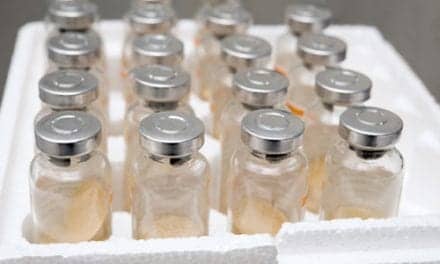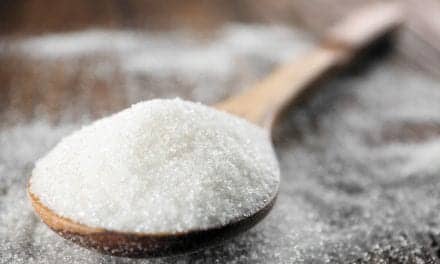Influenza A infection can be controlled in laboratory cultures of mammalian cells by altering glucose metabolism, according to new research. To successfully infect cells, the influenza virus consumes glucose from its host cell.
For the study, investigators saw they influenza infection rate concomitantly increase after they boosted glucose concentrations in laboratory cell cultures. When they treated the viral cells with a chemical that inhibits glucose metabolism, viral replication in the lab cultures significantly decreased. The team demonstrated that the infection could be restored by adding ATP, the major source of energy for cellular reactions, bypassing the need for glucose.
The team also discovered that higher levels of glucose promoted the assembly of the V-ATPase proton pump that drives the release of the influenza A genome into the cytoplasm, the internal watery environment of the cell. When the glucose inhibitor was added to cell cultures, the assembly of the molecular pump was suppressed.
Viral infection is closely tied to the assembly of the V-ATPase pump, and this dependence could be used to manipulate infection success, the authors concluded. They hope the ease with which they could throttle viral infection up and down using glucose levels (and, subsequently, V-ATPase activity) can be leveraged to create a new strategy for controlling influenza viral infection.









